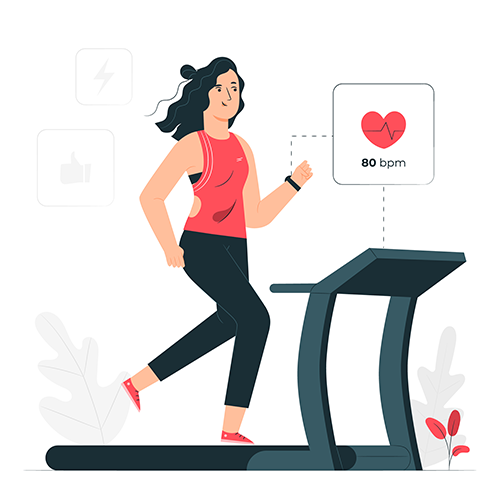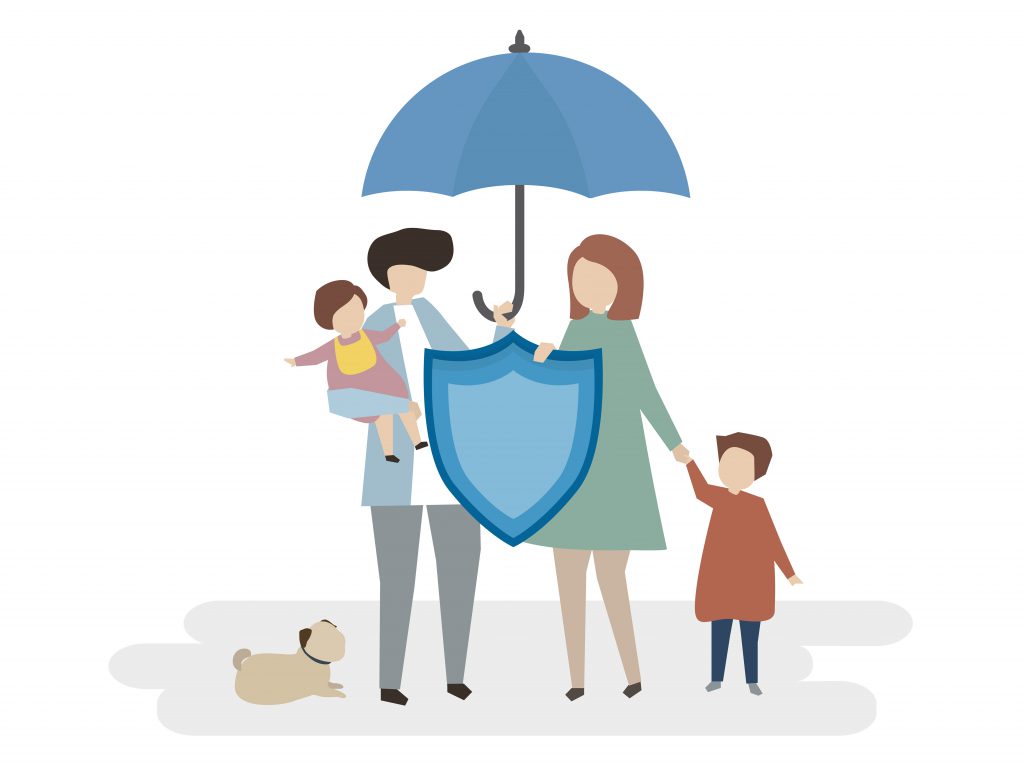Life Insurance and women
Having the right insurance is important for all women. It doesn’t matter if you are a working woman or a stay-at-home mum, married with children, or a single mother. You need to ensure that you and the ones you love are protected.

7 tips for women looking to take out life Insurance cover
However, a BT survey of more than 4,000 Australians (1) found that while women are generally active participants in making financial decisions, they are more likely to be under-insured than men.
BT suggests that one of the reasons for this under-insurance could be lack of knowledge, with 30 per cent of women admitting they could be better informed about life insurance.

1. Lock in your life insurance cover while you are young and healthy
Life insurance premiums are generally cheaper for women than for men due to their longer life expectancy – 84.4 years for women compared to 80.3 years for men according to the ABS (2).
However, premiums for income protection are generally higher due to the complexities of the female body and its reproductive system which increases the risk of illness and time off work.
Taking out cover while you are young i.e. in your 20s or 30s has many benefits. The cover will usually be cheap and easy to obtain while you are young and healthy. Once in place this cover is usually guaranteed renewable, which means the insurer must continue to provide cover on the same terms regardless of future changes to your health, occupation or pastimes.
A level premium to age 65 or 70 can be taken out while you are young to lock in a low premium for the duration of the policy. Over the long term this can result in substantial savings compared to a stepped premium which will increase as you get older. Women taking a break from work may be tempted to discontinue their cover as a stepped premium increases. However a level premium can keep the cover affordable and make it more likely to be maintained into the older age groups when it will be needed the most.

2. Make sure your partner is not under-insured
Some men (and women!) have an invincibility complex – they believe that because they exercise and eat well they will never fall ill. As a result they may decide that they need little or no insurance.
However if the unexpected happens, it will be the surviving partner and children who will suffer if there is no insurance. The income of the surviving spouse (which might be limited due to caring for children) may be insufficient to support the mortgage on the family home and this could mean having to sell up and move to a cheaper suburb. A private school education for children may also no longer be possible, necessitating a change of schools. These upheavals are likely to occur at the worst possible time, when the emotional support of nearby neighbours and friendship groups are needed most.
It is important therefore that the full implications of being underinsured are understood and that sufficient cover is put in place so that the surviving spouse and children can stay in the family home and maintain their standard of living. Insurance Watch has a Life insurance calculator to estimate just how much cover may be required.

3. Understand how parental leave and other breaks from work could impact your insurance cover
Life insurance premiums are generally cheaper for women than for men due to their longer life expectancy – 84.4 years for women compared to 80.3 years for men according to the ABS (2).
However, premiums for income protection are generally higher due to the complexities of the female body and its reproductive system which increases the risk of illness and time off work.
Taking out cover while you are young i.e. in your 20s or 30s has many benefits. The cover will usually be cheap and easy to obtain while you are young and healthy. Once in place this cover is usually guaranteed renewable, which means the insurer must continue to provide cover on the same terms regardless of future changes to your health, occupation or pastimes.
A level premium to age 65 or 70 can be taken out while you are young to lock in a low premium for the duration of the policy. Over the long term this can result in substantial savings compared to a stepped premium which will increase as you get older. Women taking a break from work may be tempted to discontinue their cover as a stepped premium increases. However a level premium can keep the cover affordable and make it more likely to be maintained into the older age groups when it will be needed the most.

4. Don’t underestimate the life insurance cover required for a stay-at-home mum
Many women automatically assume that if they are not working they don’t need as much cover as their husband.
While it is certainly true that the main breadwinner should have adequate cover, if their partner is caring for children, or other dependants such as invalid parents, the value of the “home duties” being performed should not be underestimated. Child care, transportation, household cleaning and cooking services if paid for at commercial rates can add up to be more than a salary.
In addition your spouse may find their own income affected by having to reduce the hours they work or change their job altogether in order to be able to juggle family responsibilities.
Life and trauma cover can provide a lump sum which can be used to help cover additional expenses and/or loss of income in the event of death or a serious medical condition. Also “home duties” TPD and “home duties” income protection (see below) can provide funds in the event of a permanent or temporary disability.

5. Consider “Home duties” TPD cover and income protection cover
TPD cover is normally defined as a permanent injury or illness preventing you from ever working again in either your “own occupation” (i.e. your current job), or “any occupation” (i.e any occupation you are suited to by training experience or education). To be eligible for these covers you usually need to be working at least 15 to 20 hours a week.
However if you are caring for children and performing household duties you may be eligible for “home duties” or “homemaker” TPD. This type of TPD cover requires you to be disabled to such an extent as to be unable to perform household duties and/or require assistance in the activities of daily living or have significant cognitive impairment. While potentially requiring a more severe disability to make a successful claim than the other TPD types this cover can provide funds when they are needed the most.
Income protection cover is usually only available to those who are working full time. However there are some policies which can be taken out by those who are retired/not working or performing home duties. A nominated amount can be paid every month under these policies if you become severely disabled or are unable to perform normal household duties due to an illness or injury. While the level of disablement is higher than that required by other income protection policies this cover may suit your needs.

6. When taking out trauma insurance focus on female specific trauma conditions
Trauma insurance cover is a popular choice for stay-at-home mums, as it does not require you to be working like TPD and income protection.
However, trauma policies vary widely in terms of the number and types of conditions covered. One large life insurance company reported that 35% of their trauma claims by females were for breast cancer (3) so how this condition is defined is important. For example, some policies require a particular severity or staging of the cancer before a full benefit is payable, while others will pay a benefit if a major procedure such as a mastectomy is required.
There are also some policies which offer partial benefits for a number of female specific benefits such as early stage cancer or carcinoma in situ of the cervix, vulva and fallopian tube. Others cover female pregnancy complications (such as eclampsia, hydatidiform mole and still birth) and congenital abnormalities (Down’s syndrome, congenital blindness and deafness). These benefits may be of significant value to women who are considering having children in the future.

7. Child cover is inexpensive and a must have
Women will often assume the role of primary caregiver within a family. This means if their child develops a chronic disease or is severely injured they are likely give up their work to care for them. For a household with two incomes this could make the financial situation difficult. For a single mother this could be disastrous.
Child cover can be taken out to provide a cash lump sum should a child develop one of a number of serious trauma conditions, including many cancers and heart conditions. Usually child cover is an add-on option to a parent’s policy and is relatively inexpensive, costing around $10 to $15 a month for $100,000 of cover.
The child cover benefit can be used to replace income lost while being a carer and also help meet out of pocket medical costs or expensive medical treatments. By relieving financial pressures this cover can help you to focus all your energies on your child’s recovery.
If you would like the assistance of an Insurance Watch adviser to put together an insurance package including child cover or any of the other features and benefits mentioned above please go to Get Advice.
